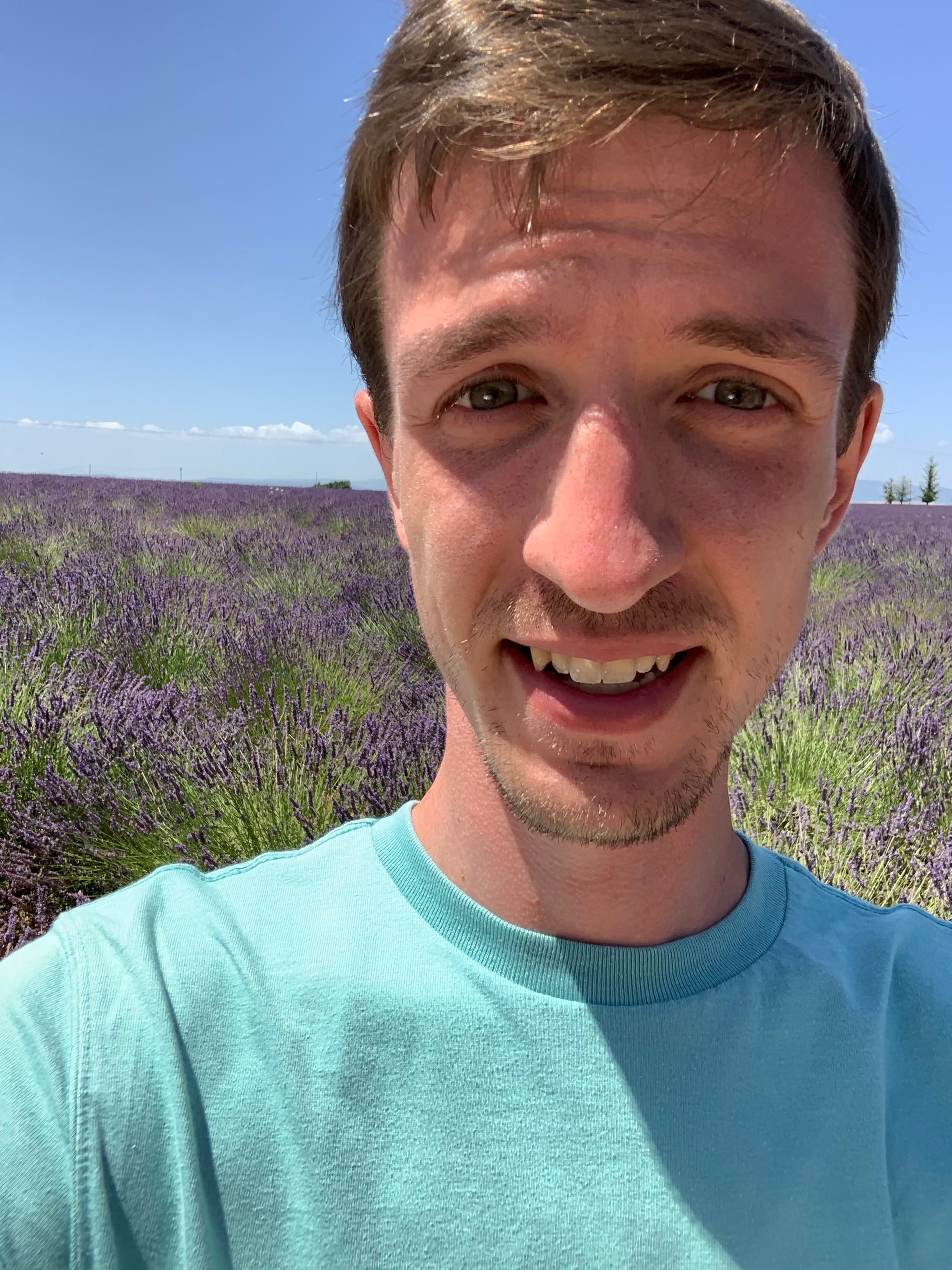About Me
I am an assistant professor in the Department of Mathematics and Physics at SUNY Polytechnic Institute working in commutative algebra. I earned my Ph.D. at the University of Illinois at Urbana-Champaign in 2018, where I was advised by Hal Schenck. Previously, I held postdoctoral positions at Oklahoma State University and Iowa State University.
Contact Information
- Email: mastromn "at" sunypoly "dot" edu
